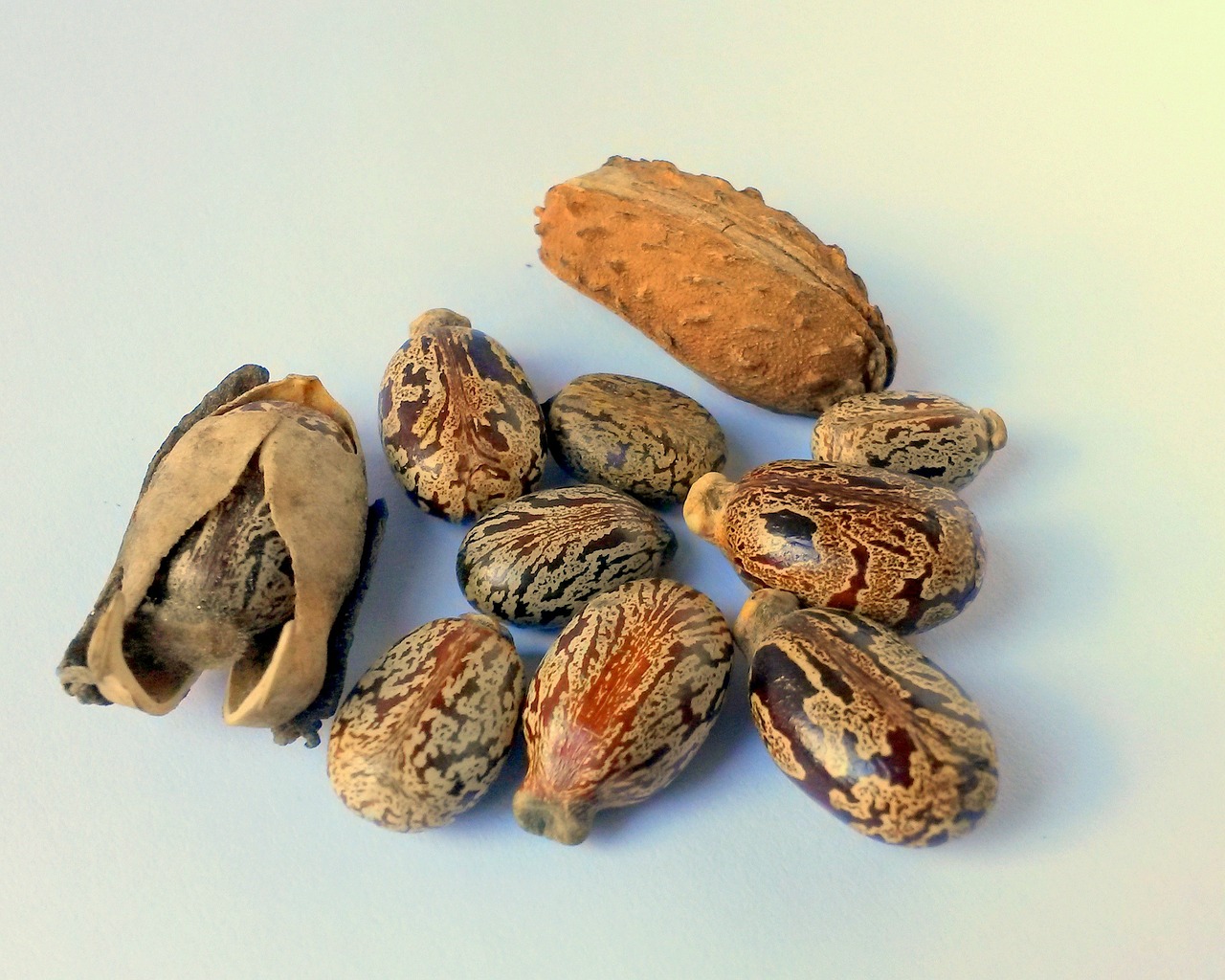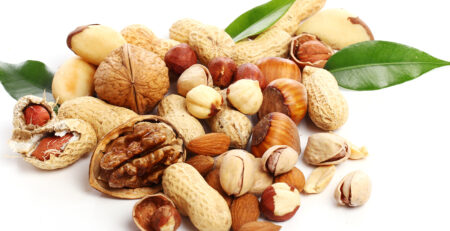Fibre: Effective Macronutrient For Constipation And Weight Loss
Fibre is an important macronutrient for the body. People suffering from constipation can especially benefit by including fibre in their diet. Intake of fibre-rich foods can help in smooth movement of bowel by increasing the weight and size of stool. Fibre can be included in diets of people who are aspiring to lose weight. However, too much of fibre in the body can adversely affect gut health and cause bloating, gas and constipation. In order to gain deeper insight into the health benefits of fibre-rich foods, how much fibre is too much, and how it aids weight loss.
1. How much fibre should one eat in a day?
Recommended standard intake of fibre is 35 gm for men and 25 gm for women. But thanks to modern diets, most of us do not even get 15 gm of fibre. Fibre is an important part of a healthy diet. At the same time, too much of fibre can work against us and lead to digestive discomfort. Having said that, there are cases where one has to be really cautious about adding even a little amount of fibre. Cases of compromised gut health like colitis, Crohn’s disease and other autoimmune cases are sensitive to fibre because it can lead to a flares. Hence the amount of fibre one must eat should be personalised according to one’s health requirements, but should be within the recommended limit.
2. What are the benefits of including fibre in diet?
Even though fibre doesn’t have any nutritive value, it still plays a major role in boosting health by:
1. Regulating sugar and lipid levels
2. Increasing the satiety value of a meal
3. Exhibiting a mechanical role by forming the bulk in stools for easier evacuation
4. Boosting gut microbiome (prebiotic fibre)
5. And in some cases, holding back stools in case of loose motions
This means that a lack of fibre can invite a host of health problems ranging from plummeting sugar and lipid profiles, overeating which can in turn lead to obesity, constipation and gut dysbiosis which can pave way for even more serious illnesses. Fibre are of two types: soluble and insoluble and both of these types are necessary for us. While soluble fibre helps increase the satiety factor of the meal, insoluble fibre helps form the bulk of stools.
3. What happens to the body on consuming too much fibre?
Excess fibre can backfire by irritating the mucosal linings of the gut, causing bloating, gas, constipation and inhibiting absorption of vitamins and minerals. Individuals with compromised gut health like Inflammatory Bowel Syndrome (IBS), Crohn’s disease and autoimmune conditions must be extra cautious because fibre may not suit everyone, especially when it comes from raw sources of fibre. In such cases, cooking or blending food to break down fibre and making it more digestible could help. Secondly, increasing fibre intake without a parallel increase in water intake can cause or aggravate constipation. So in order to make fibre work, it is important to take care of these conditions as well.
4. How does fibre help in weight loss?
Weight loss is multifactorial and including more fibre in the diet is not going to work as a magic pill to lose weight. Appropriate intake of fibre can indirectly help in weight loss by boosting gut health, eliminating toxins, preventing overeating and balancing blood sugar levels. But, an overall improvement in lifestyle is necessary for losing weight.
5. What is the right food combination for fibre: Fibre and protein, Fibre and carbs or Fibre and fat?
Fibre is the non-digestible part of food. It has no nutrition but still plays a crucial role when it is a part of a balanced diet. One should not isolate nutrients. It is better to consume a balanced diet which includes carbohydrates, proteins, fats, vitamins, minerals and fibre. For example, khichdi (rice and lentil) with ghee and a portion of salad is a perfect example of a right food combination where each nutrient is covered. However, there are specific food combinations that work well in certain cases. Combining carbohydrates with fibre helps in lowering overall glycemic load of the meal thereby helping in slow release of sugars into the blood stream. This particularly helps diabetics to manage their blood sugar levels.
———
This article first appeared on NDTV Health.
|
From a pimple to cancer, our You Care Wellness Program helps you find a way Talk to our integrative team of experts today 18001020253 |










Leave a Reply